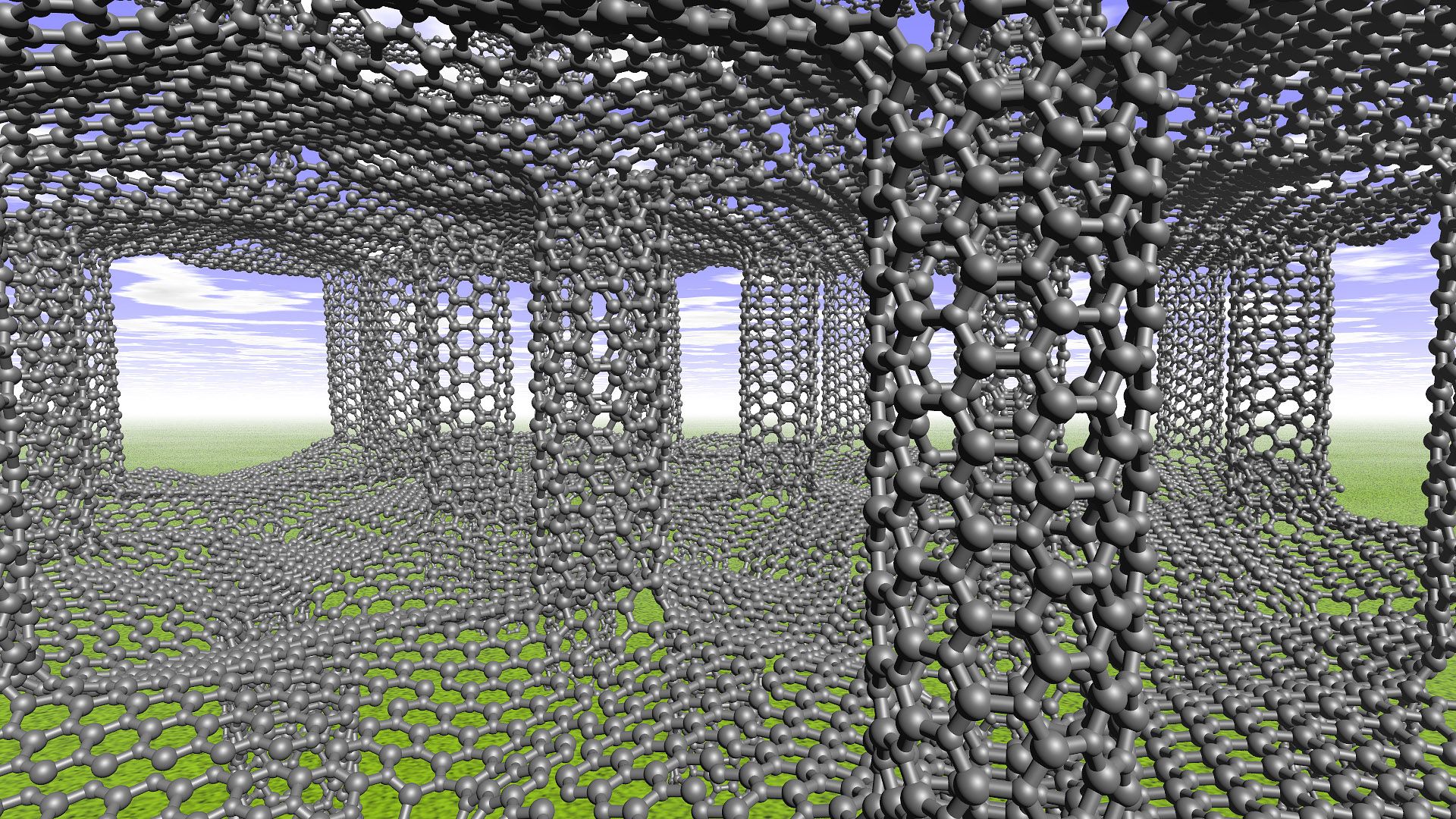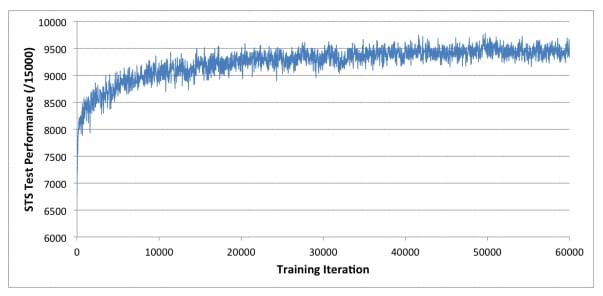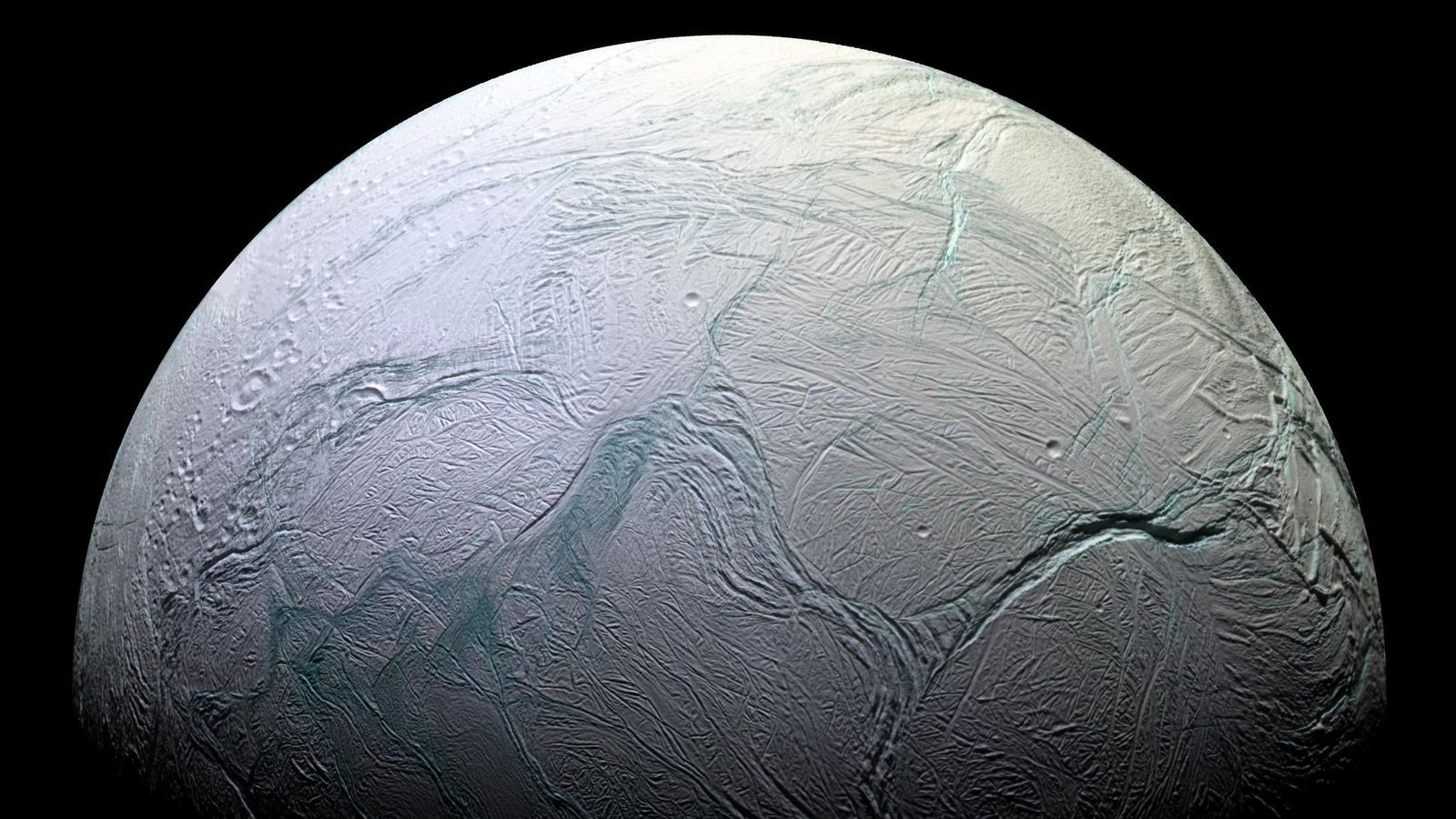Sep 16, 2015
Filling a void in stem cell therapy
Posted by Steve Hill in categories: biotech/medical, life extension, materials
Stem cells coming along nicely, Stanford demonstrate how creating artificial stem cell niches improve grafting and regeneration of bone and it should have a broad application for other tissues. Properly developed we could regenerate organs and tissues by injecting enough stem cells in these manufactured protective niches.
One could potentially take it a stage further and modify the stem cells with genes of interest to make them more robust. Ex-vivo cell manipulation is also considerably cheaper than in-vivo therapy.
New porous hydrogel could boost success of some stem cell-based tissue regeneration, researchers say.

















